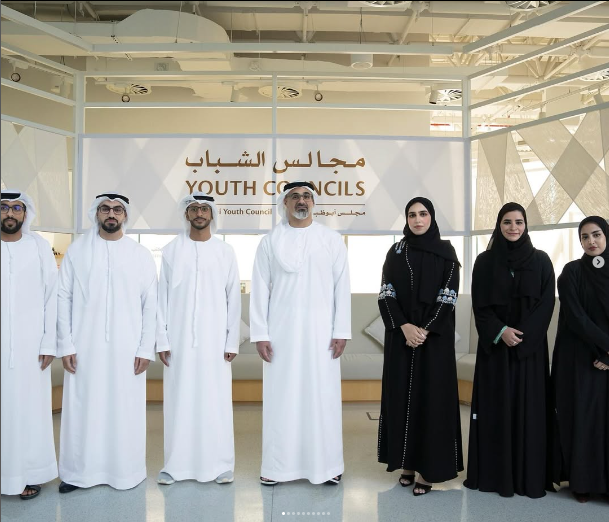Thank God for the Completion and Good Ending


This week, Abu Dhabi National Oil Company (ADNOC) has made headlines with a whopping $23 billion investment in low-carbon initiatives – an increase from the earlier announced $15 billion. This change in strategy underscores the growing ADNOC’s resolve to enhance sustainability by reducing carbon even when its hydrocarbon production is increasing. The investment in reducing carbon initiatives, averting such processes as carbon sequestering at natural gas processing plants, also fits into the umbrella of the UAE Plans seeking to reduce the emissions from the energy sector but actively embracing climate change. Such a statement demonstrates ADNOC’s commitment to responsible business practices and development but most importantly, it demonstrates the changing energy paradigm.
It cannot be overlooked that there is an apparent inconsistency in ADNOC’s enhanced engagement in hydrocarbons alongside her vision for decarbonization. Indeed, the firm’s expressed intention to invest $150 billion in hydrocarbon expansion over the next five years is telling of its apparent low-carbon ambitions. That being said, ADNOC has formed alliances and collaborated with Japan and Korea, which demonstrates the significance of these relationships in technological development. This is critical in the lower carbon technologies such as ammonia where it is being marketed as a transport fuel for hydrogen energy. As ammonia is being exported, ADNOC has shifted its attention to countries that have developed however, ammonia and hydrogen energy focused emerging markets are much cleaner alternatives for the global energy market.
In my opinion, ADNOC’s dual approach is practical given the present levels of energy consumption and incorporates strategies for the new world to come. The incorporation of investment in carbon capture and low carbon endeavors is an important factor in the quest to minimize the emissions. However, the company's aggressive growth strategy in hydrocarbons begs the question of the equilibrium between development and environmental conservation. Nevertheless, its collaborative efforts and the emphasis on ammonia as a means of transferring energy give assurances that ADNOC can weather the storm of change towards these new sustainable energy paradigms.
Comments
Post a Comment